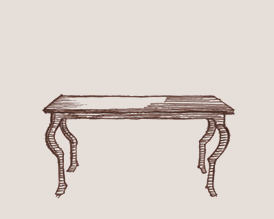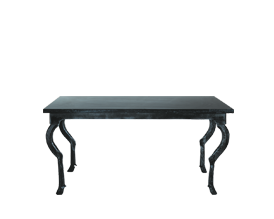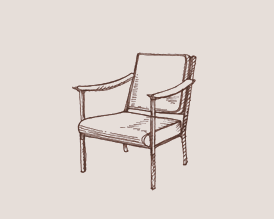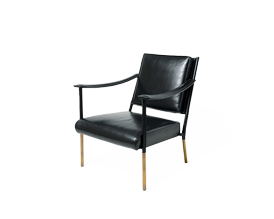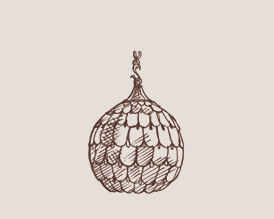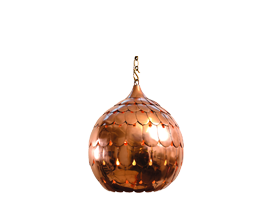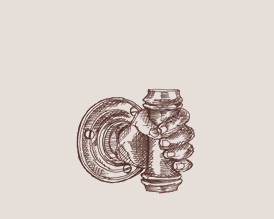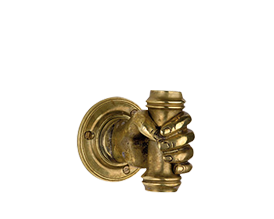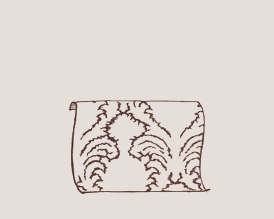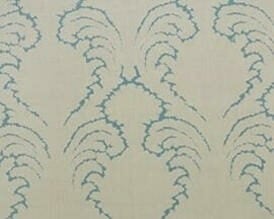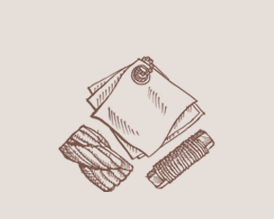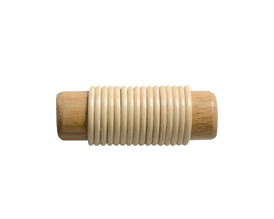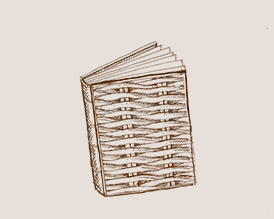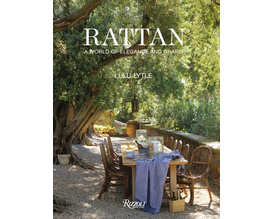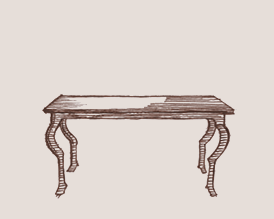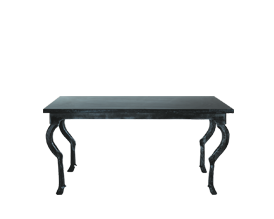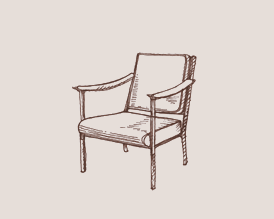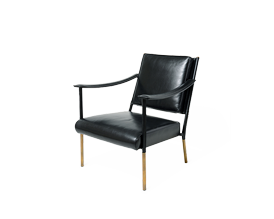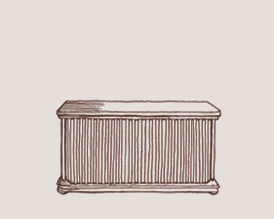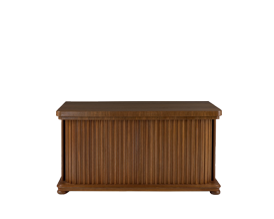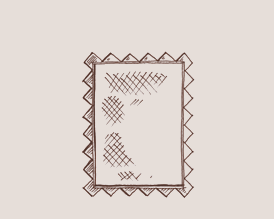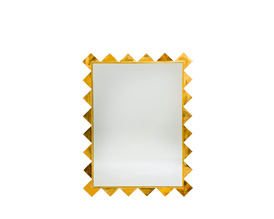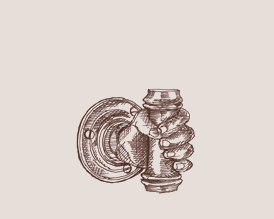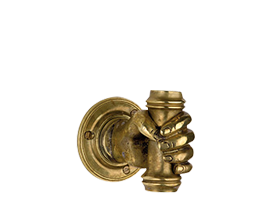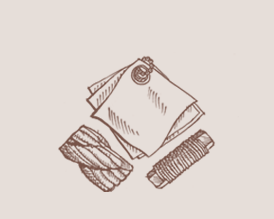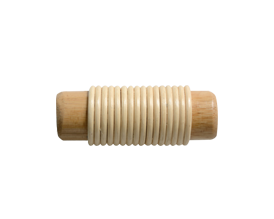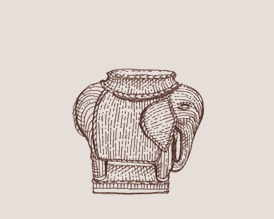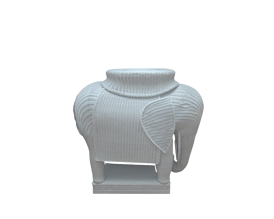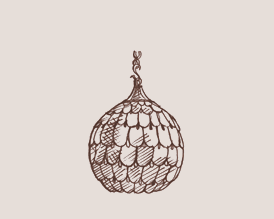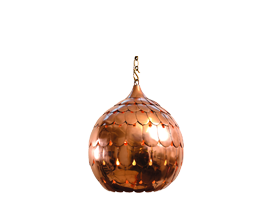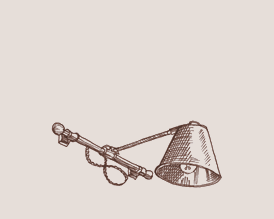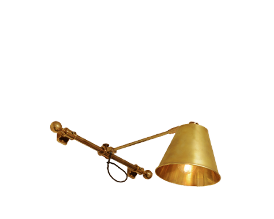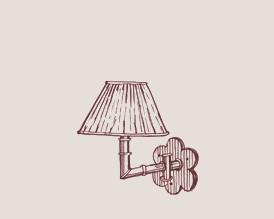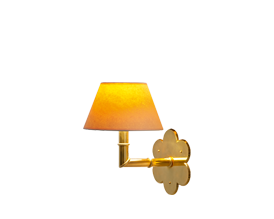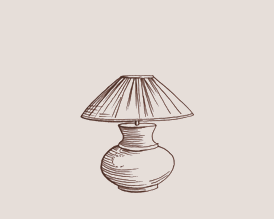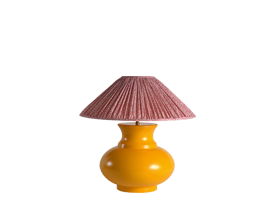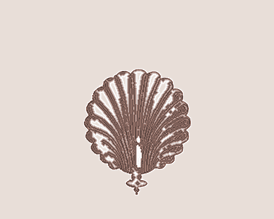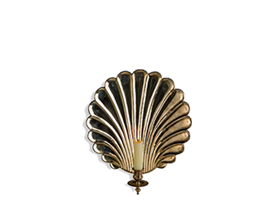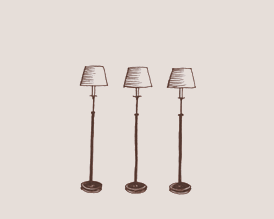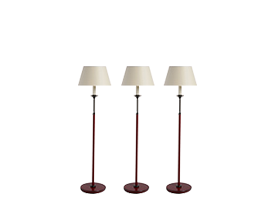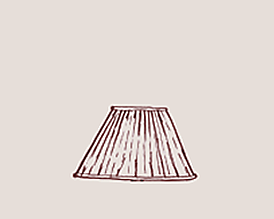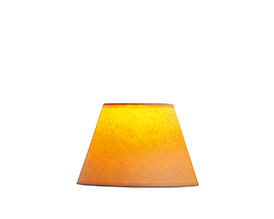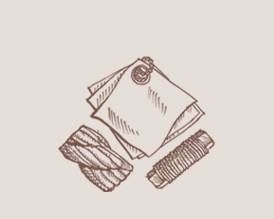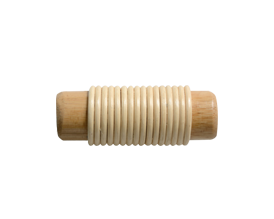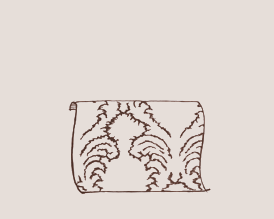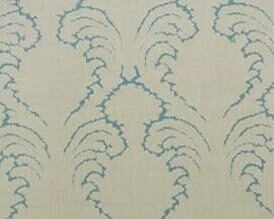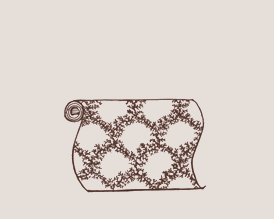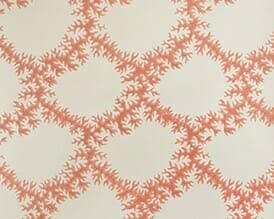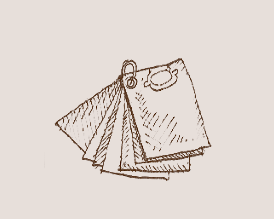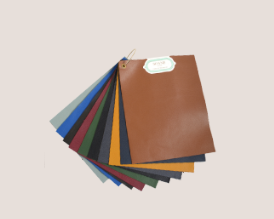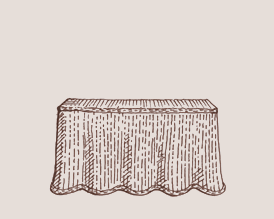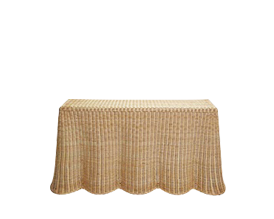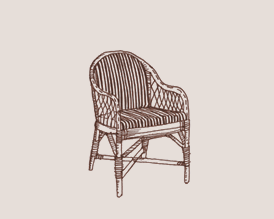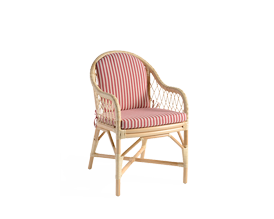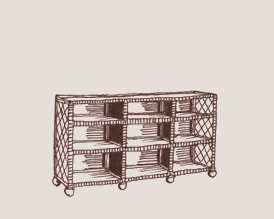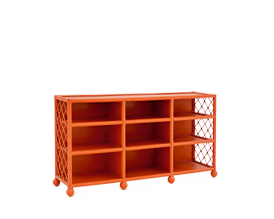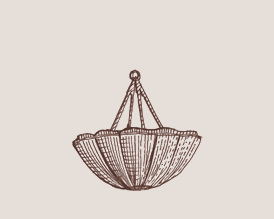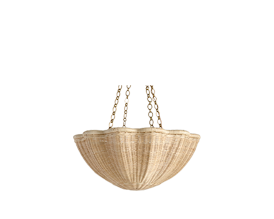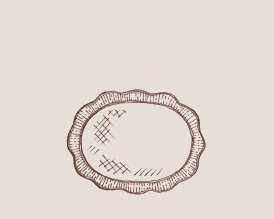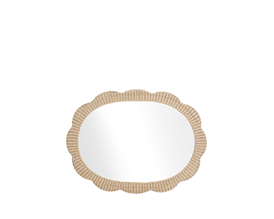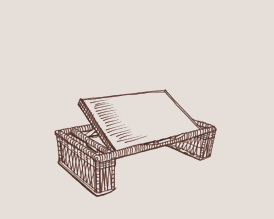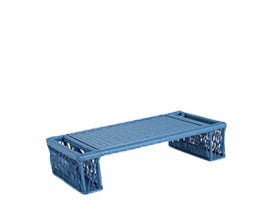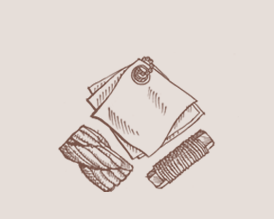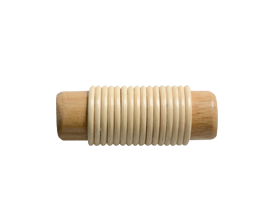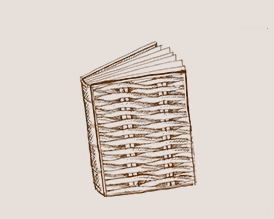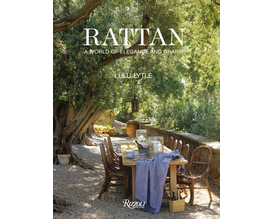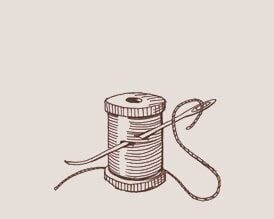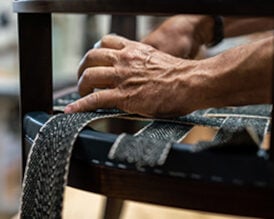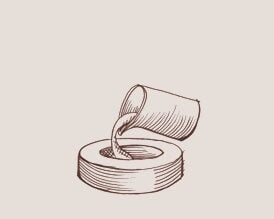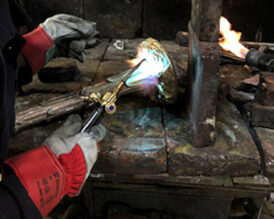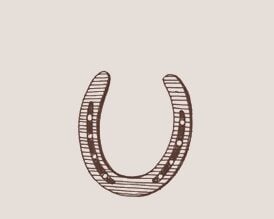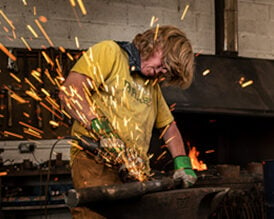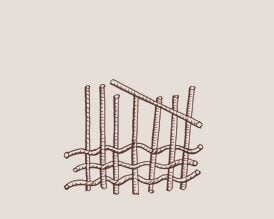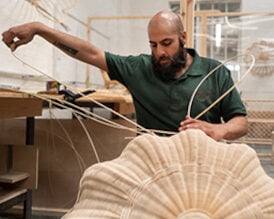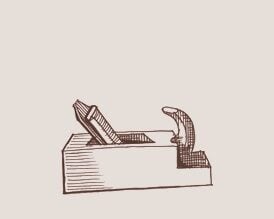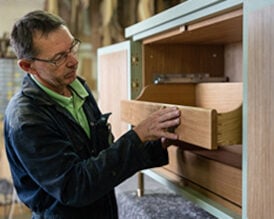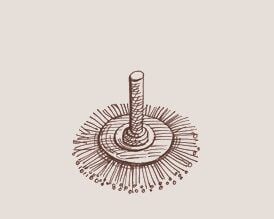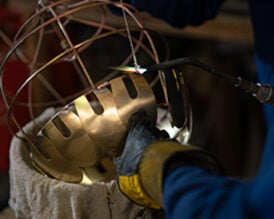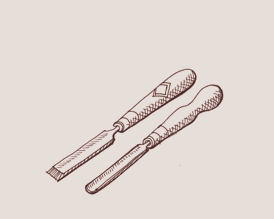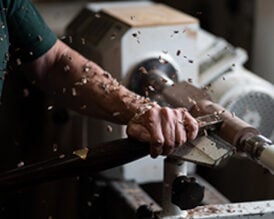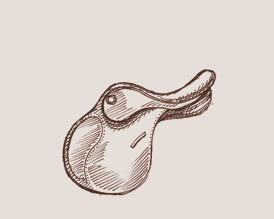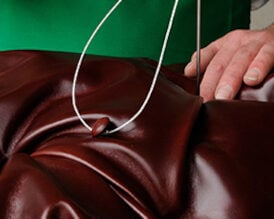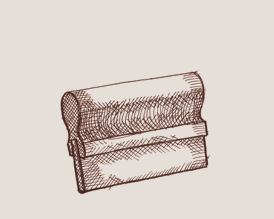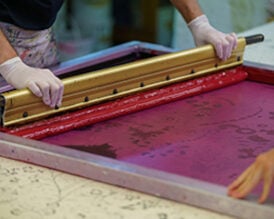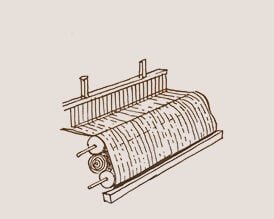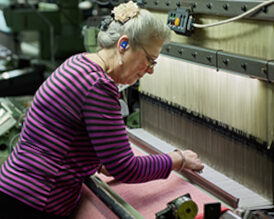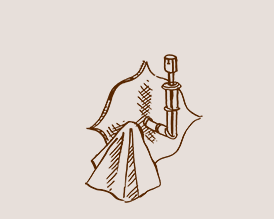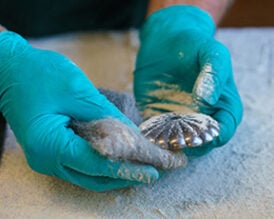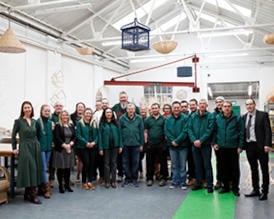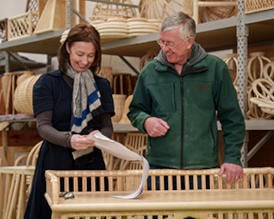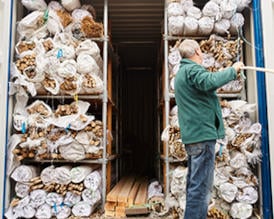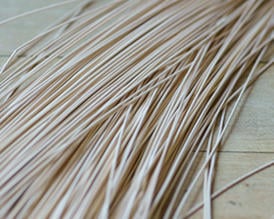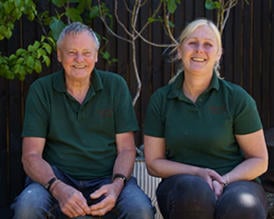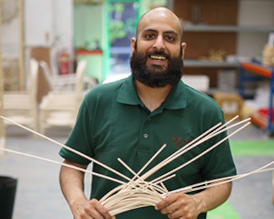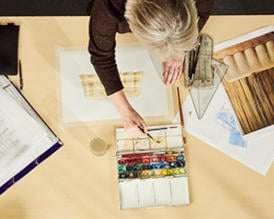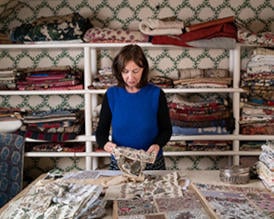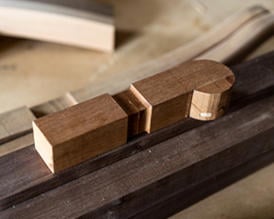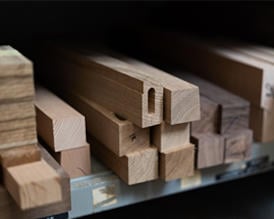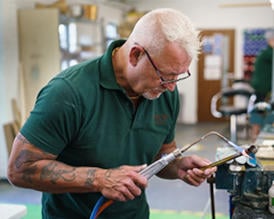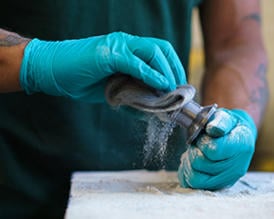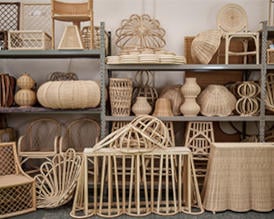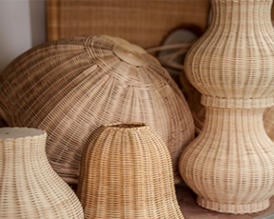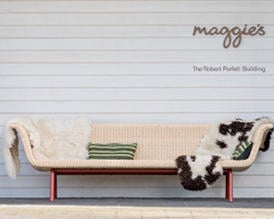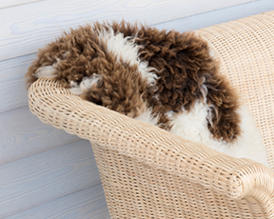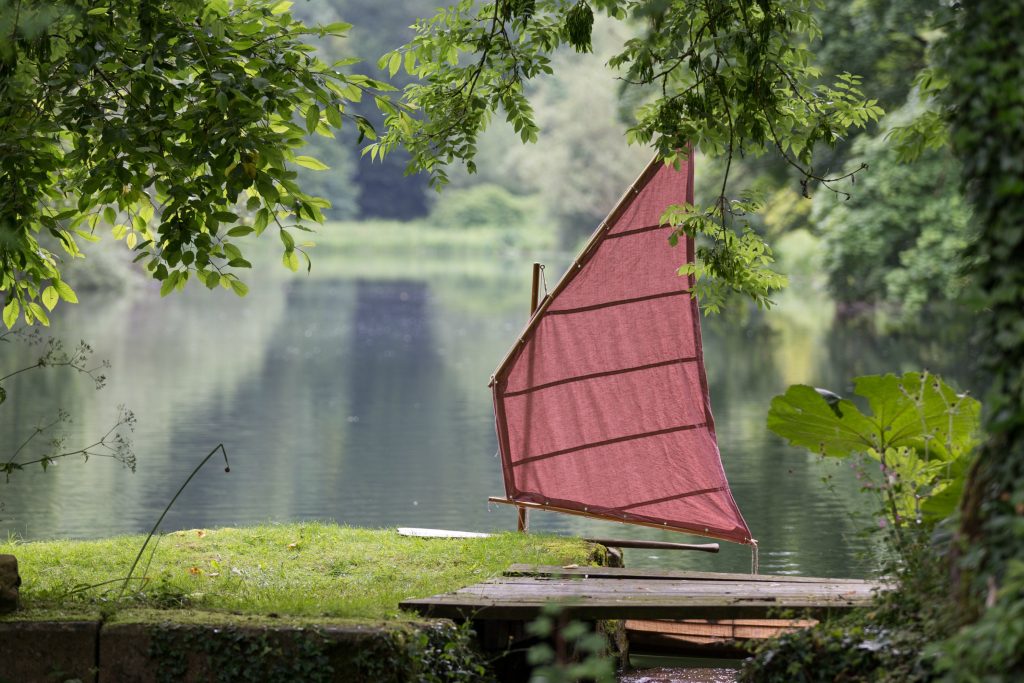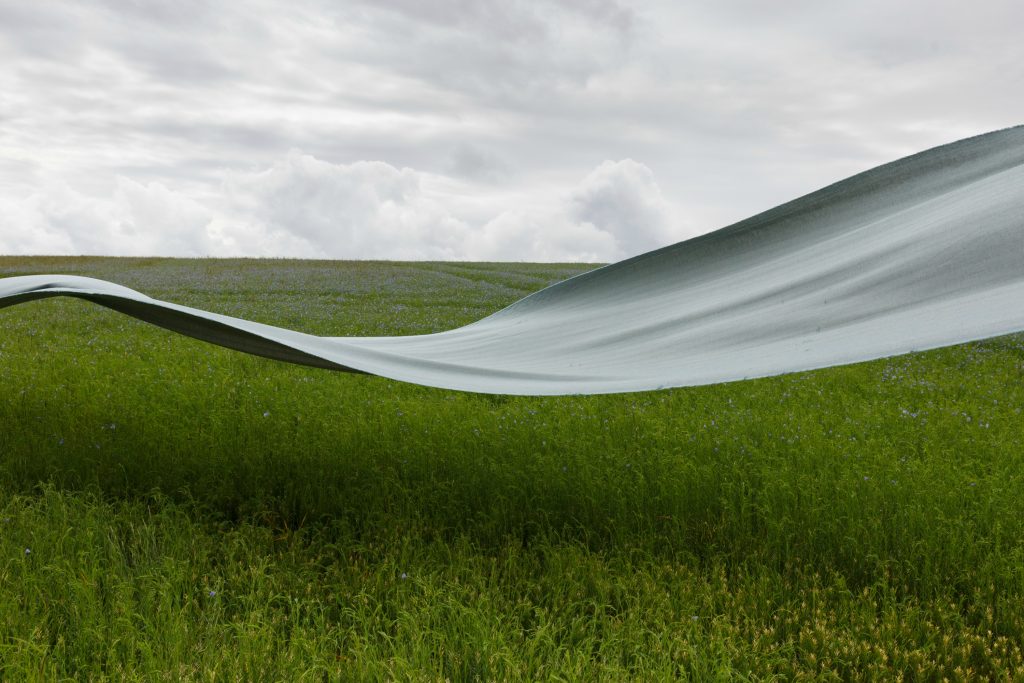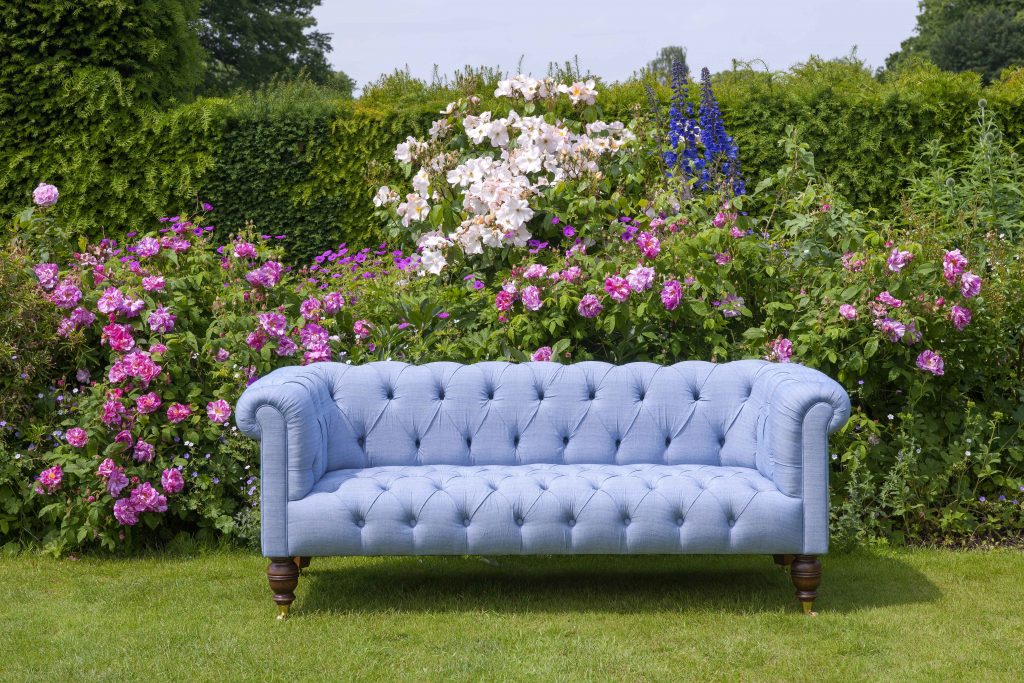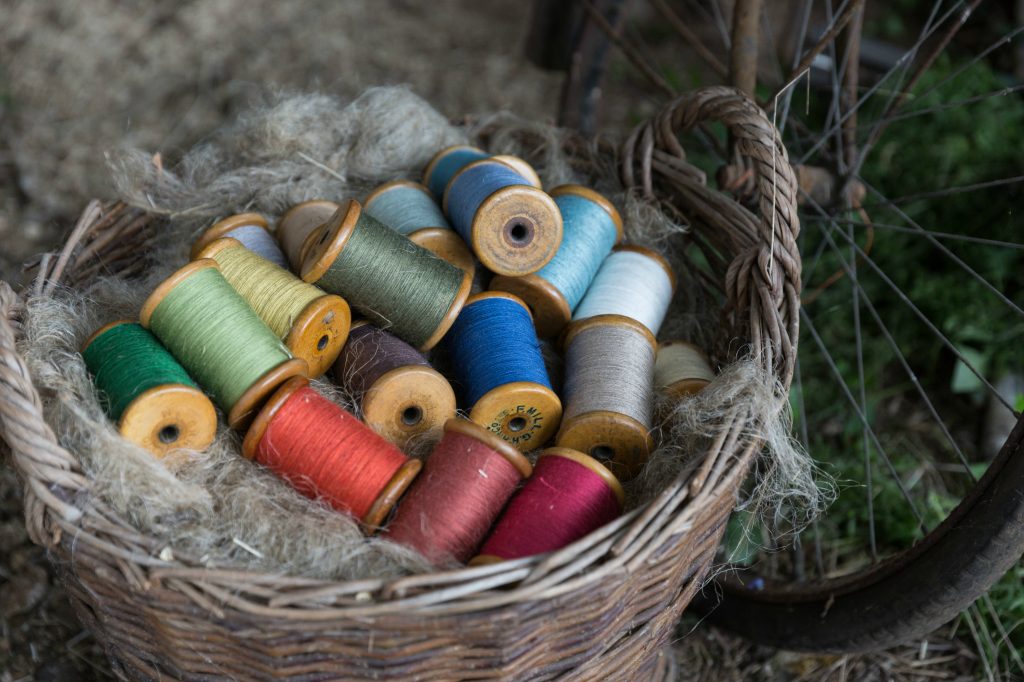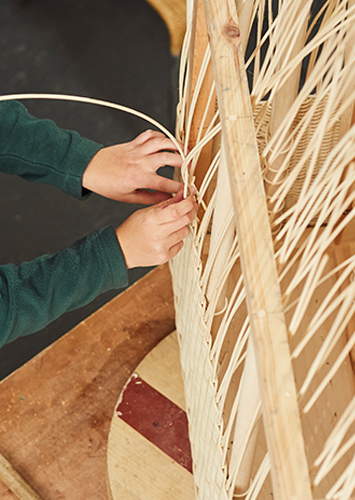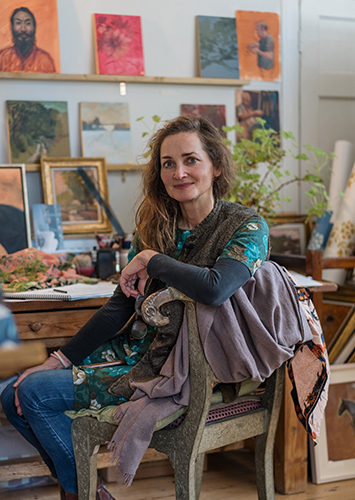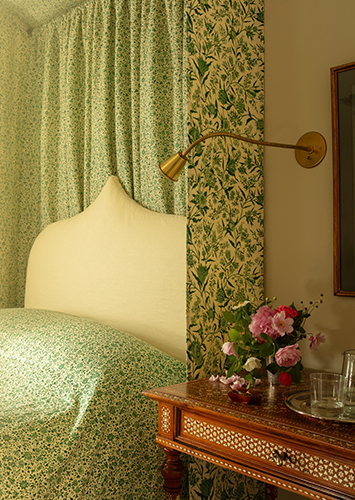The Latin species name for flax, Linum usitatissimum, meaning “most useful,” perfectly describes this ancient plant that for centuries has produced fibres to make linen as well as seeds and oils for multiple purposes, from cooking to seasoning willow cricket bats. At Soane, it appears in Old Flax, a wonderfully slubby, plain fabric in an ever-growing number of subtly shaded hues – currently 24 – that complement colourful prints and patterns across the collection. Highly versatility, it is a tightly woven yet soft cloth that is practical for upholstery, yet drapes elegantly when used for curtains. Like the plant itself, Soane’s Old Flax has established a reputation for its usefulness.
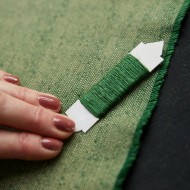
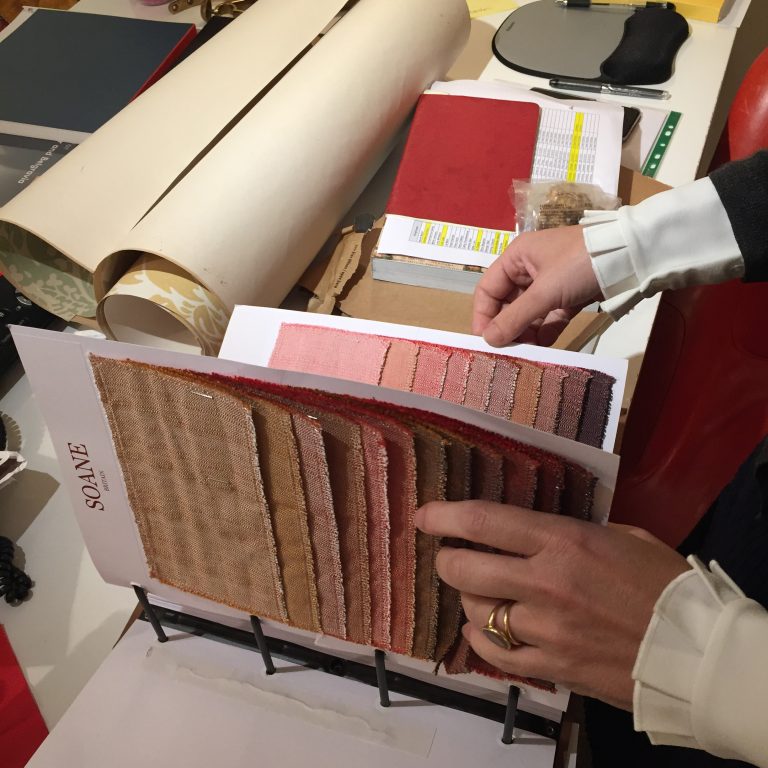
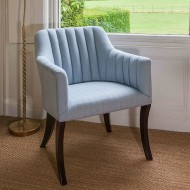
Flax was extensively cultivated by the Ancient Egyptians who considered it to be a gift of the Nile’s annual flooding. Wall paintings, such as those at Petosiris’ tomb, provide charming and informative scenes of flax being harvested in the fields. Growing to about one metre high, the flax plant with its distinctive delicate blue flowers would be harvested whilst in bloom, when its fibres were young and in best condition. Running from root to tip, flax fibres are amongst the longest and strongest of all natural fibres and have exceptional qualities, such as their ability to gain in strength when wet, to dry quickly and resist decay. Processing of the crop was carried out much as it is today: the stalks were ‘retted’ by laying in water or on the ground where the dew assists the decomposition necessary to separate the fibres from the woody plant matter. Once gathered and dried, the stalks would be beaten or ‘scutched’ to extract the fibres and ‘hackled’ to remove the last remnants of straw matter. The fibres would then be ready to spin into yarns, from which to make linen.
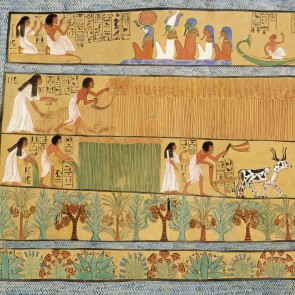
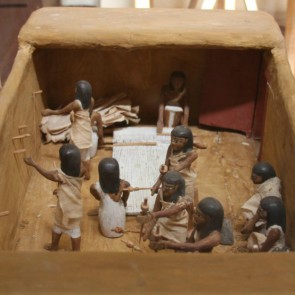
The Egyptians prided themselves in the art of weaving and produced exceedingly fine linen, for clothing and household purposes as well as for mummification. Again, wall paintings and funerary models provide an insight as to how they spun the fibres into thread and the type of looms and tools they used. Ancient writings suggest that by about 2100BCE they could produce cloth so fine it could be pulled through a signet ring, the quality of linen garments distinguishing the social standing of the wearer: “…you are clothed in the robe of finest linen, the garments that clad the flesh of the god…” (The Prayers of Paheri, M. Lichtheim, Ancient Egyptian Literature, Vol. II, p.16).
In Europe, there is evidence of flax being grown in the Bronze age and the Romans cultivated the crop using flax seeds in their diet and fibres to weave sailcloths. In the Middle Ages flax was used to make every day practical cloth and rope as well as the superbly fine linens for which Flanders became known. References to flax appeared in the Doomsday book and the Elizabethans depended on it to make sails and riggings for their growing naval fleet. By the 1700s, the growing and processing of flax was an established industry, but during the Industrial Revolution there was a shift towards cheaper, imported cotton. The cultivation of flax declined, to the extent that today in England and Wales it is grown commercially only in shorter varieties for its oil rich seed.
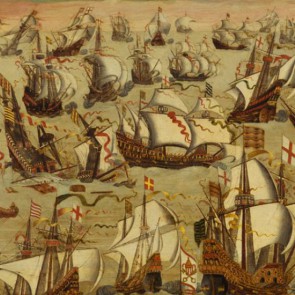
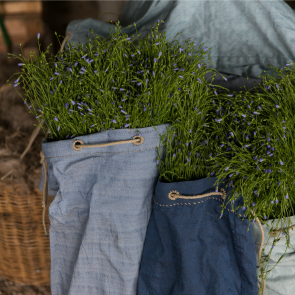
Lulu’s inspiration for Old Flax came from a small bolt of pale primrose cloth she discovered amongst a pile of richly patterned antique textiles. Captivated by the slubby texture and subtly shaded yarns that gave this eighteenth century silk and flax weave extraordinary depth and lustre, she determined to create something similar at Soane. Whilst researching flax, Lulu came across a Gloucestershire farmer who, passionate about this ancient plant and its many uses, has given over two fields to growing flax. The crop is harvested and processed in the traditional manner, hardly changed from that of the Ancient Egyptians.
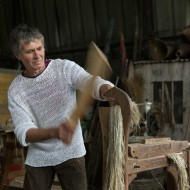
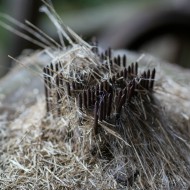
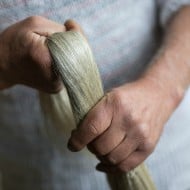
Lulu was smitten by the beauty of the farm and chose it as the location for shooting for the Old Flax brochure and video. Photographing the fabrics billowing in great swathes across open fields and hoisted on a boat sailing across the idyllic farm lake made for a magical day and provided many inspirational images. Watch Soane’s Old Flax video here.
Soane’s Pinterest board ‘Old Flax’ has more images, including those of upholstery and curtains made using Old Flax fabric.
Watch a video news report on ‘Flaxland’ in Gloucestershire here.
Top gallery: A sail made by a traditional sailmaker using Soane Britain’s Old Flax cloth; Soane Britain’s Old Flax fabric billowing across a field of flax; Soane Britain’s Simplified Baby Bear Sofa in Old Flax Patmos Blue; Reels of yarn dyed in bespoke Soane colours for the Old Flax fabric collection. Location photographs by Richard Lewisohn.

